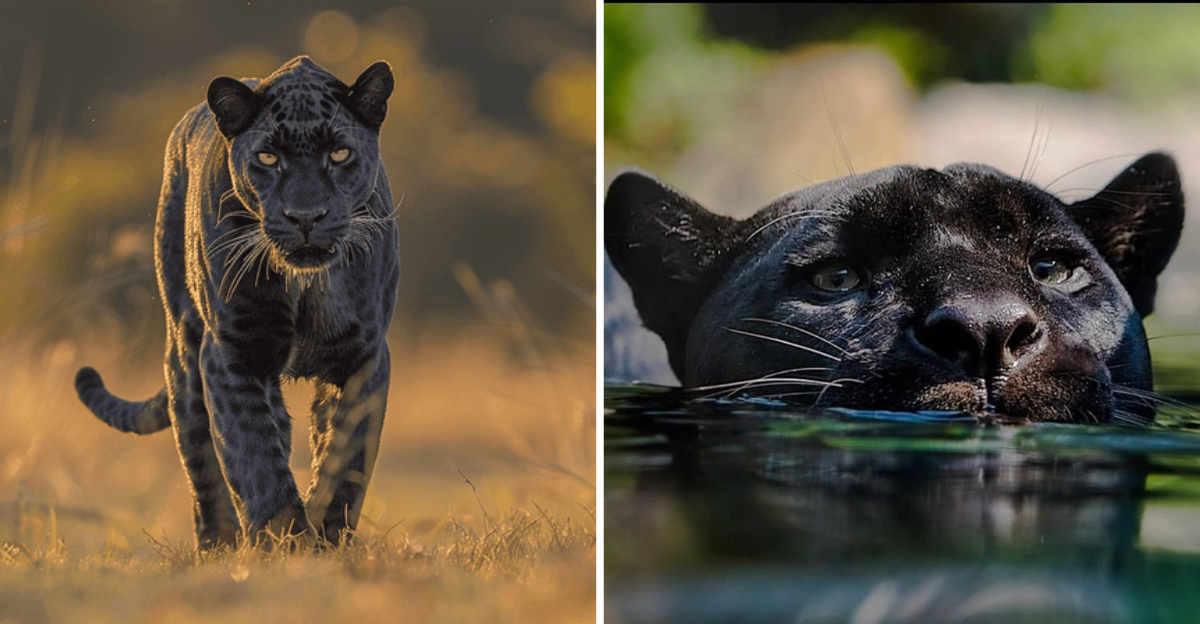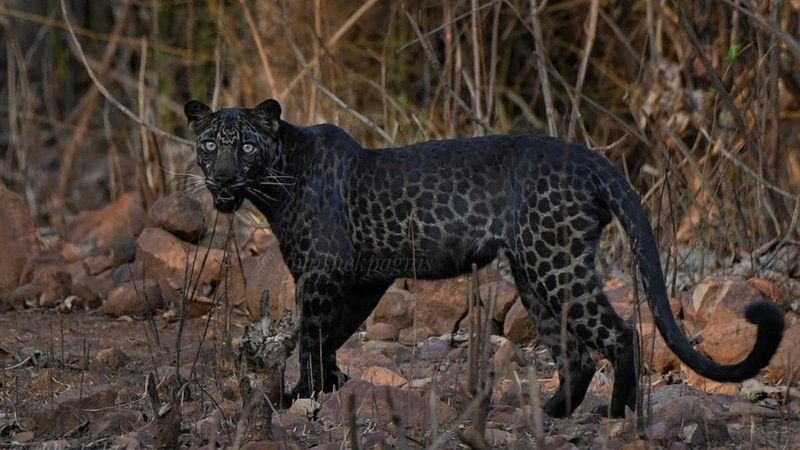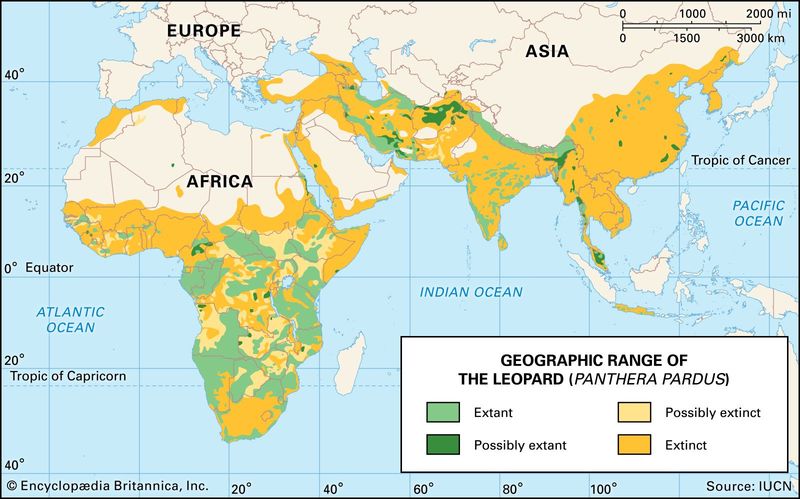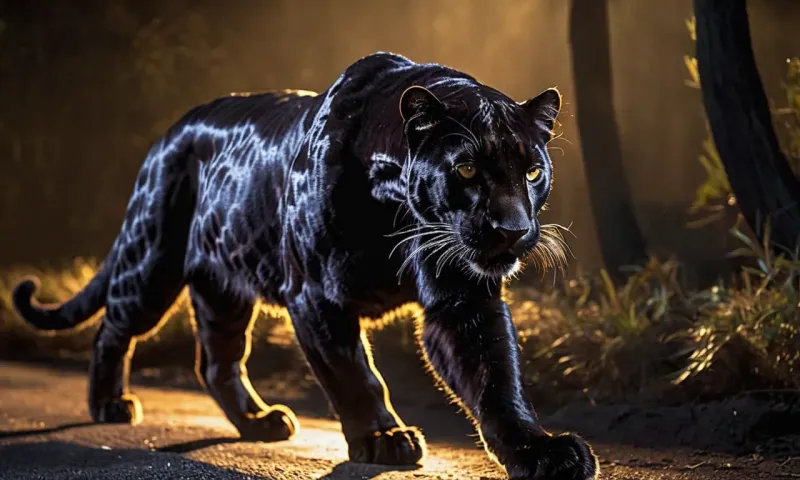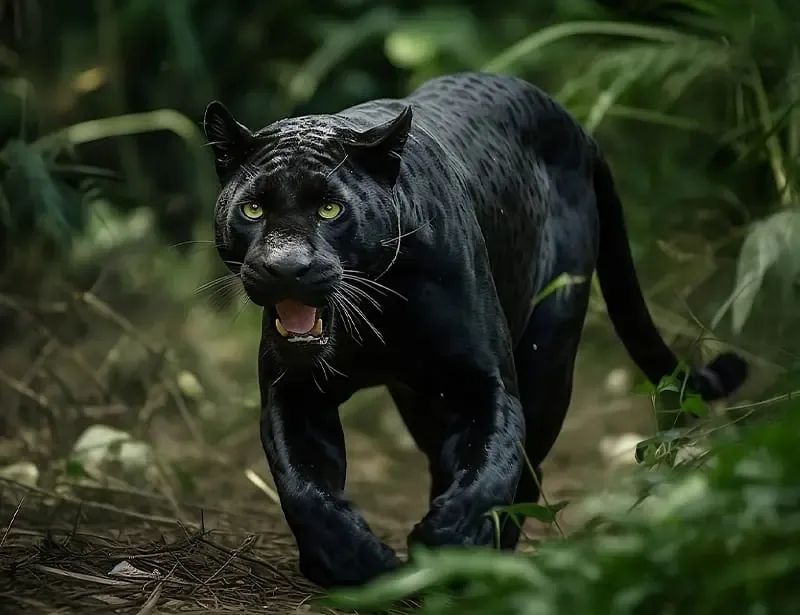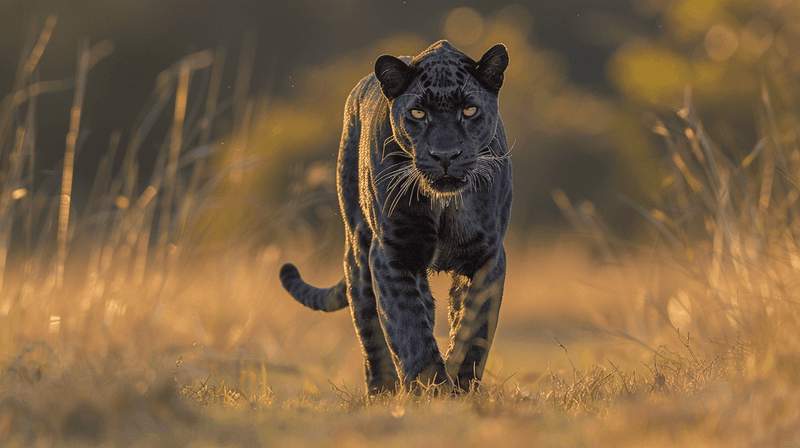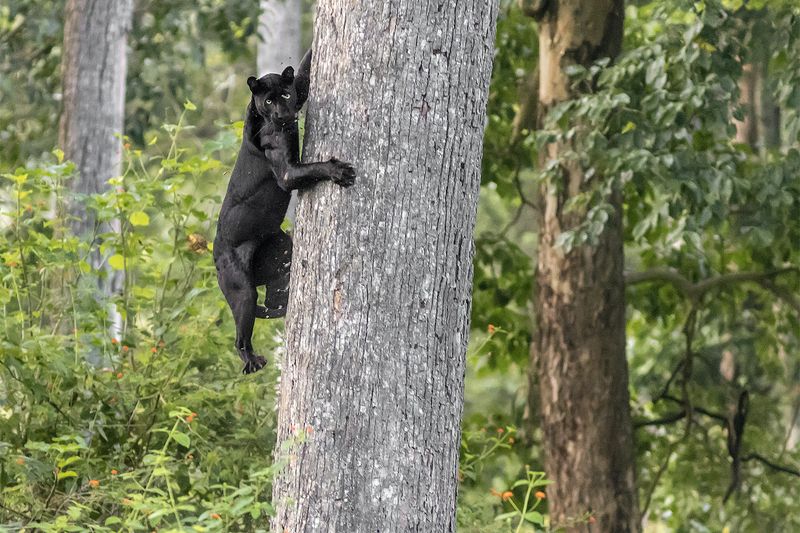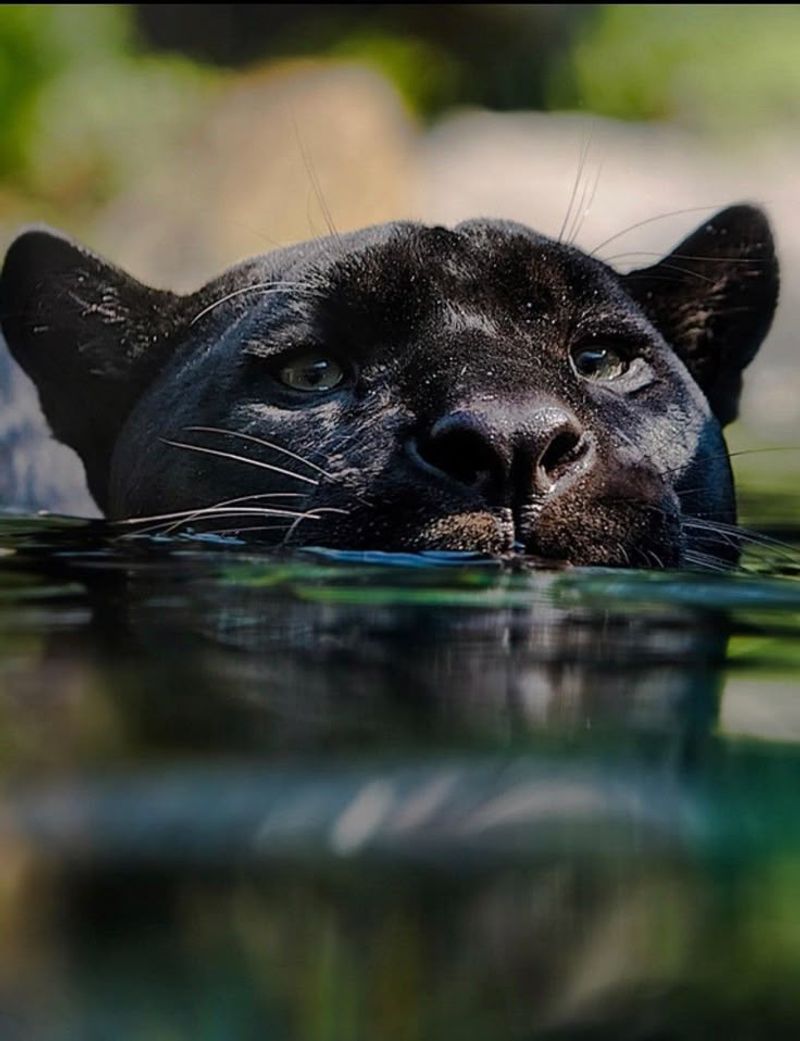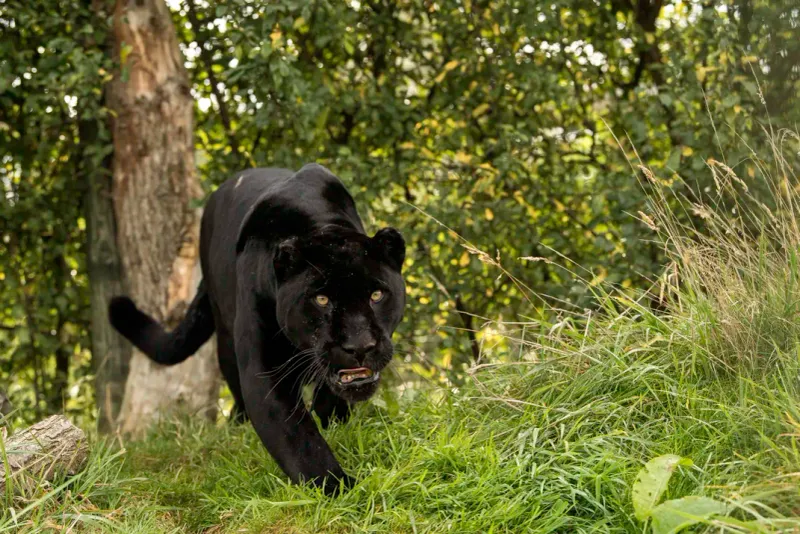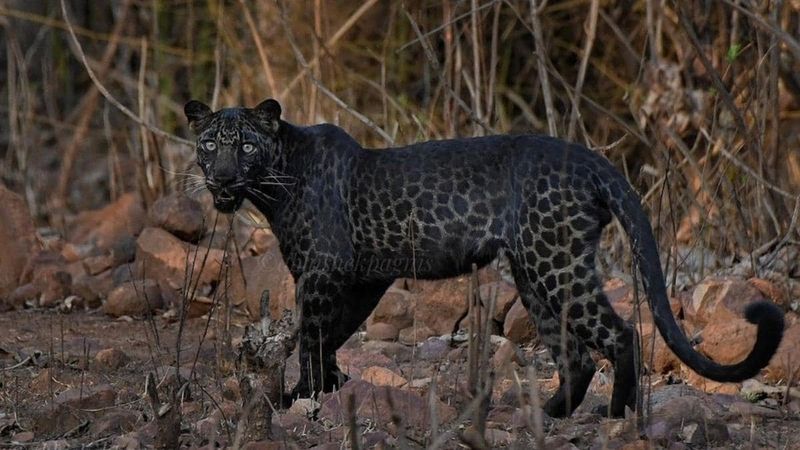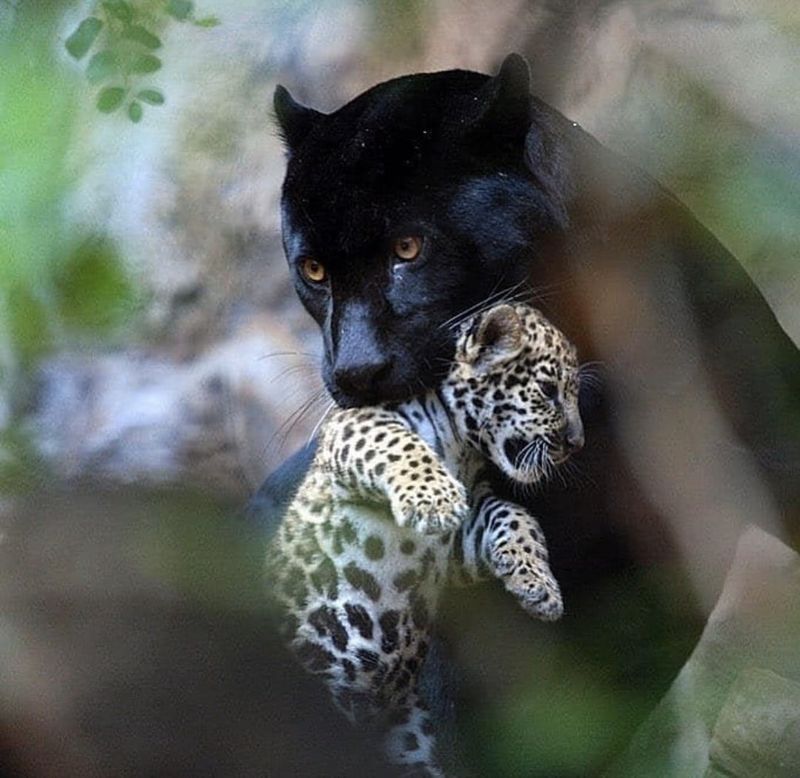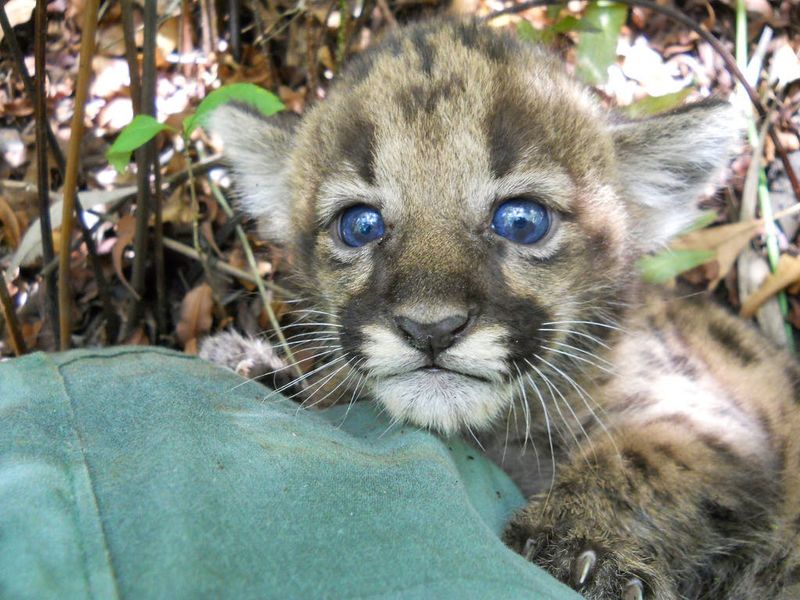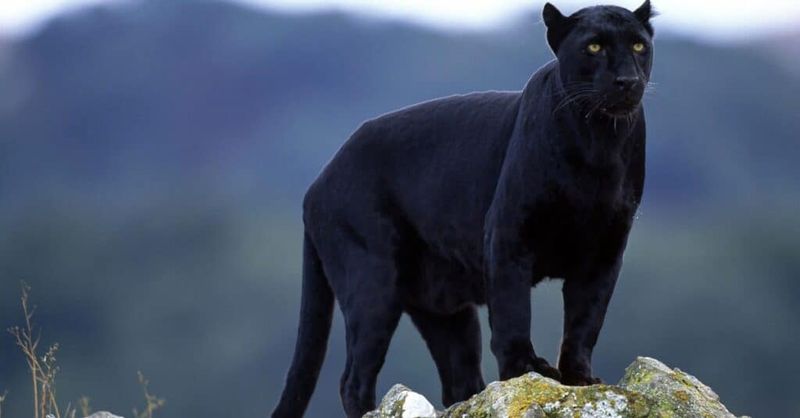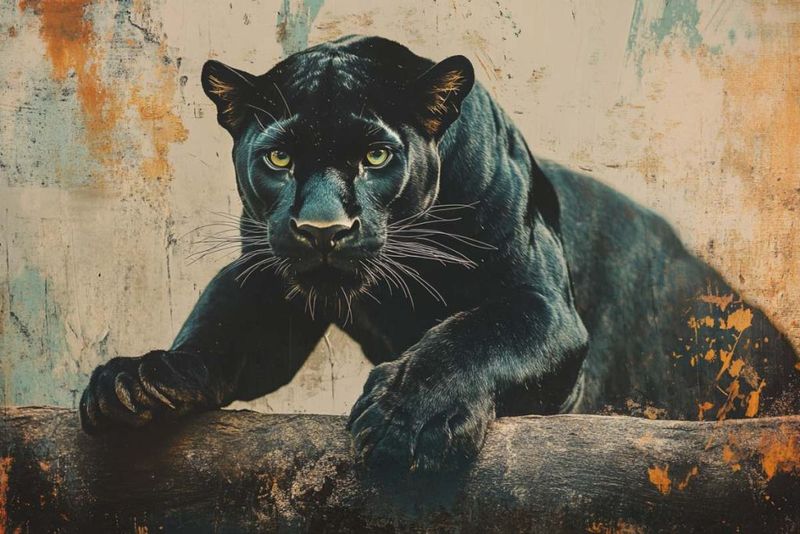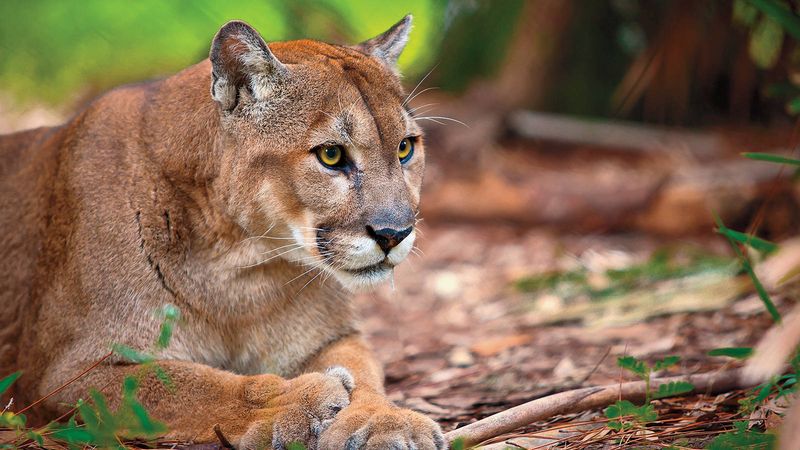📖 Table of Content:
- 1. Not a Separate Species
- 2. Global Distribution
- 3. Exceptional Night Vision
- 4. Solitary and Territorial
- 5. Apex Predators
- 6. Excellent Climbers
- 7. Powerful Swimmers
- 8. Impressive Speed
- 9. Distinctive Markings
- 10. Short Gestation Period
- 11. High Cub Mortality
- 12. Carnivorous Diet
- 13. Cultural Significance
- 14. Conservation Status
- 15. Lifespan
Panthers are captivating creatures known for their mysterious allure and striking appearance. Though often misunderstood, they play a crucial role in maintaining ecological balance. From their exceptional abilities to intriguing cultural significance, these majestic animals continue to fascinate people worldwide. In this blog post, we’ll explore 15 captivating facts about panthers, offering insights into their unique characteristics and the challenges they face today. Whether you’re a wildlife enthusiast or simply curious about these enigmatic animals, you’ll discover a wealth of information that highlights the importance of conserving and protecting panthers for future generations.
1. Not a Separate Species
Panthers are not a distinct species but rather melanistic (black) color variants of leopards (*Panthera pardus*) and jaguars (*Panthera onca*). This coloration is due to an excess of melanin, a pigment that gives them their striking black coat. Despite their dark appearance, panthers retain the rosette patterns typical of their non-melanistic relatives. These patterns can often be seen under favorable lighting conditions, adding to their mysterious allure. The term “panther” is often used interchangeably with “black panther,” although it broadly encompasses these melanistic big cats.
2. Global Distribution
Black leopards and black jaguars, often collectively referred to as panthers, are found in different parts of the world. Black leopards primarily inhabit regions of Asia and Africa, adapting to various environments such as dense forests and mountains. On the other hand, black jaguars are native to Central and South America, thriving in rainforests and wetlands. This global distribution highlights the adaptability of these enigmatic creatures, allowing them to survive in diverse habitats. Each region offers unique challenges and opportunities for panthers, influencing their behavior and lifestyle.
3. Exceptional Night Vision
Panthers possess extraordinary night vision capabilities, approximately six times better than humans. This remarkable adaptation allows them to thrive as nocturnal hunters, expertly navigating through dense forests and shadowy landscapes. Their keen eyesight is complemented by acute hearing and a heightened sense of smell, making them formidable predators under the cover of darkness. By utilizing these sensory advantages, panthers can efficiently stalk and ambush their prey, ensuring their survival in the wild. The combination of these traits contributes to their reputation as stealthy and elusive creatures.
4. Solitary and Territorial
Panthers are known for their solitary nature, with the exception of mothers raising cubs. They maintain large territories, which they mark using scent markings and vocalizations to ward off potential intruders. These territories provide essential resources such as food and shelter, allowing panthers to thrive in their natural habitats. Males and females come together only during mating season, when the need to reproduce briefly overrides their solitary tendencies. This behavior ensures that panthers have enough resources to sustain themselves, emphasizing their role as apex predators in maintaining ecological balance.
5. Apex Predators
As apex predators, panthers play a vital role in maintaining the balance of their ecosystems. By regulating prey populations, they prevent overgrazing and ensure the health of vegetation. Their presence helps support biodiversity, as they influence the distribution and behavior of other animals within their territory. This ecological role underscores the importance of conserving panther habitats, as their decline can lead to imbalances that affect entire ecosystems. Protecting these majestic creatures is crucial for preserving the natural harmony of the environments they inhabit, ensuring future generations can appreciate their significance.
6. Excellent Climbers
Panthers are adept climbers, a skill that serves multiple purposes in their survival. They often rest or stash their prey in trees, keeping it safe from scavengers. This ability to scale heights with ease allows them to navigate their arboreal habitats effectively, providing vantage points for observation and hunting. In some regions, panthers even use trees as escape routes from larger predators or human threats. Their climbing prowess is not only a testament to their physical strength and agility but also a crucial aspect of their adaptability in diverse environments.
7. Powerful Swimmers
Unlike most domestic cats, panthers are powerful swimmers, often inhabiting regions with abundant water sources. This skill allows them to cross rivers and lakes in search of prey or new territories. By being comfortable in aquatic environments, panthers can exploit a wider range of habitats, giving them an edge over other predators. Their swimming ability also helps them evade threats and access secluded areas that offer safety and resources. This adaptability in water further highlights the versatility and resilience of panthers in the wild, contributing to their enigmatic reputation.
8. Impressive Speed
With the ability to reach speeds of up to 35 miles per hour, panthers are among the swiftest predators in their ecosystems. This impressive speed aids them in both hunting and avoiding threats, allowing them to close in on prey before it has a chance to react. Panthers utilize their powerful limbs and muscular build to generate bursts of acceleration, making them formidable hunters in pursuit. Their agility enables them to navigate dense forests and complex terrains with ease, ensuring their survival in a competitive environment. Such speed adds to their mystique and allure.
9. Distinctive Markings
Despite their black coats, panthers retain the rosette patterns typical of leopards and jaguars. These markings, though subtle, can be seen under certain lighting conditions, adding to their enigmatic appearance. The presence of these patterns is a reminder of their genetic connection to their non-melanistic relatives. This unique feature sets them apart from other big cats, contributing to their mystery and allure. The contrasting beauty of their hidden rosettes and striking black fur captivates wildlife enthusiasts and researchers alike, offering a glimpse into the diversity of nature.
10. Short Gestation Period
Panthers have a relatively short gestation period of about three months, resulting in litters of two to four cubs. This brief reproductive cycle allows them to quickly replenish their populations, which is crucial for maintaining their presence in the wild. After birth, cubs are nurtured by their mothers, who provide food, protection, and guidance as they grow. The bonds formed during this time are essential for the cubs’ development, teaching them essential survival skills. This familial dynamic highlights the importance of maternal care in the animal kingdom, ensuring the continuation of the species.
11. High Cub Mortality
Panther cubs face significant challenges in the wild, with approximately 50% dying within the first few months due to predation and other factors. This high mortality rate underscores the harsh realities of life in their natural habitats, where survival is a constant struggle. Despite the formidable presence of their mothers, cubs remain vulnerable to threats from larger predators and environmental hazards. This precarious existence highlights the resilience required for panthers to thrive and emphasizes the need for conservation efforts to protect these vulnerable young animals. Safeguarding their future is vital for sustaining panther populations.
12. Carnivorous Diet
A carnivorous diet defines panthers, as they primarily consume meat such as deer, monkeys, birds, rabbits, and fish. This diverse diet reflects their adaptability to various ecosystems and prey availability. As skilled hunters, they utilize stealth and strength to secure food, often hunting alone to maximize success. Panthers play an essential role in controlling prey populations, which helps sustain the ecological balance within their territories. Their dietary habits underscore their position as apex predators, demonstrating their significance in the food chain and the intricate web of life that sustains our planet.
13. Cultural Significance
Throughout history, panthers have been revered in various cultures as symbols of strength, mystery, and power. Their enigmatic nature has inspired myths, legends, and artistic representations, leaving a lasting imprint on human imagination. In some cultures, panthers are seen as protectors or spiritual guides, embodying qualities admired by people across generations. This cultural significance underscores the deep connection between panthers and human societies, reflecting our fascination with these majestic creatures. Preserving their legacy requires a commitment to conserving panther habitats, ensuring their continued influence on cultural heritage worldwide.
14. Conservation Status
Panther populations are threatened by habitat destruction, human-wildlife conflict, and poaching. These challenges highlight the urgent need for conservation efforts to protect these magnificent animals. By preserving their natural habitats and promoting coexistence with human communities, we can help secure the future of panthers in the wild. Conservation initiatives aim to address these threats, focusing on habitat restoration, anti-poaching measures, and public education. Protecting panthers not only benefits the species but also contributes to maintaining the ecological balance of their environments, ensuring a sustainable future for all wildlife.
15. Lifespan
In the wild, panthers have a lifespan of up to 12 years, while those in captivity can live up to 20 years. This difference highlights the challenges they face in their natural habitats, where threats and environmental pressures impact their longevity. In captivity, panthers receive regular veterinary care, a consistent diet, and protection from predators, contributing to their extended lifespan. Understanding the factors that influence their longevity offers insights into improving conservation strategies. Ensuring that panthers thrive both in the wild and protected environments is essential for preserving their species for future generations.
